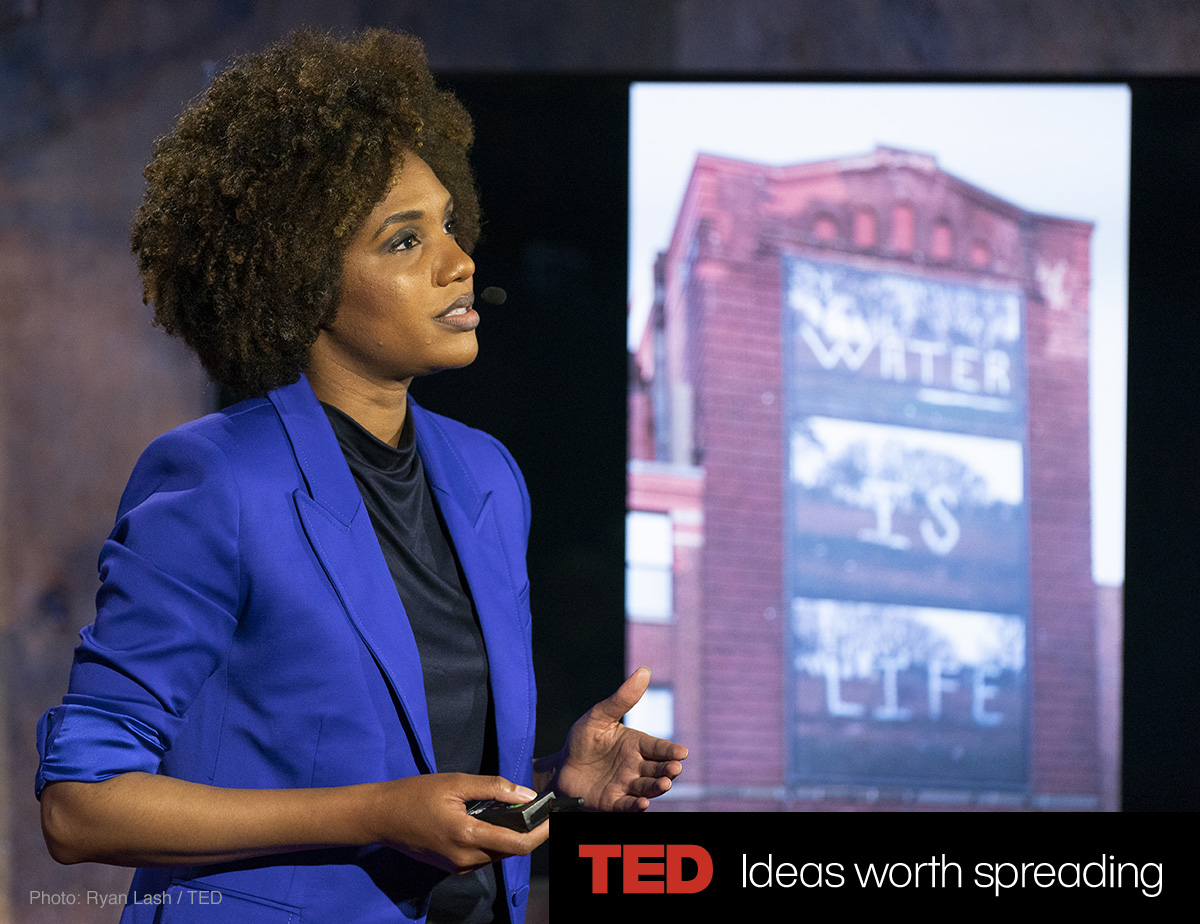Sorrows of Black America
The New Yorker
by Peter Schjeldahl
A show of leading Black artists at the New Museum powerfully channels emotional tenors that are true to the history—and the future—of race in this country.
“Grief and Grievance: Art and Mourning in America,” which recently opened at the New Museum, is a terrific art show. I might have expected that, given a starry roster that includes Kerry James Marshall, Glenn Ligon, Lorna Simpson, Carrie Mae Weems, and Theaster Gates among its total of thirty-seven contemporary Black artists. But theme exhibitions normally repel me, shoehorning independent talents into curatorial agendas. What a difference in this case! “Grief and Grievance” is a brainchild of the Nigerian curator Okwui Enwezor, who, notably with his curation of the German mega-show Documenta, in 2002, and the Venice Biennale, in 2015, pried the international art world open for new art from Africa and Asia. He died of cancer in March, 2019, at the age of fifty-five, while planning the present show. The New Museum’s artistic director, Massimiliano Gioni, aided by Ligon and the curators Naomi Beckwith and Mark Nash, completed the task, faithful to Enwezor’s conception, emphasizing interiority and the patterns of feeling that attend Black experience in America. There’s grief, which is constant; grievance, which appeals, however futilely, to some or another authority able and willing to right wrongs; and mourning, the fate and recourse of the irreparably wounded. From this description, you might expect a litany of remonstrance. On the contrary, the show celebrates what artists are good at: telling personal truths through aesthetic form. The predominant result is poetic—deeply so—rather than argumentative.
It’s worth noting immediately that there’s little explicit address to white racism, white guilt, or, really, white anything, except by way of inescapable implication. Ta-Nehisi Coates, in a devastating essay in the show’s catalogue, fills in the lacuna with his well-known, scorching pessimism about white mind-sets. What Coates would like from whites, though he does not expect it, is “a resistance intolerant of self-exoneration.” The show was originally intended to open in October, amid the furors leading up to the Presidential election. The pandemic scotched that. But “Grief and Grievance” doesn’t have a use-by date. It channels emotional tenors, from personal points of view, that are true to the history, and the future, of race in this country.
[…]

The Chicagoan Kerry James Marshall has become justly famous as a painter who deploys Blackness as a theme and black as a plangent color—hard to do if you’re not a Zurbarán, say, or a Goya. A Black cop seated on the hood of a police car radiates watchfulness. Interiors of middle-class homes feature banal furniture and images of civil-rights-era heroes that either hang on walls, like a portrait of Martin Luther King, Jr., bracketed by John F. Kennedy and his brother Robert, or hover as ghosts. Standing Black matrons include a woman who is equipped with angel wings. Another picture incorporates a list of departed Black luminaries spelled out in glitter. Who told Marshall that you can get away with using glitter in an elegiac painting? It’s one of many audacities that ignite his style. One interior is overlaid with vertical gray stripes and more glitter. Everything works. Marshall brings genres of domestic and history painting spankingly up to date, achieving an aesthetic and sociological sublime. His art both stirs and mocks nostalgia, subjecting sincerity to irony in ways that intensify both.
There’s a piquant backstory to Ligon’s “A Small Band” (2015), which consists of the words “blues blood bruise” displayed in white neon letters high on the front of the museum. In 1964, New York police officers beat two Black teen-agers and then refused them medical attention because they weren’t bleeding. One of the boys, Daniel Hamm, squeezed a bruise that he had incurred, forcing blood out. He explained later, with a slip of the tongue, that he’d “let some of the blues blood come out.” Thus Ligon’s beautiful short poem. “Blues” as a stand-in for “bruise” links Hamm’s ordeal to a classically African-American way of processing sorrow. Your mind spirals down from an anecdote of police brutality to a sense of the inner life, the subjectivity, and the acculturated sensibility of a victim who is not reducible to victimhood. Ligon’s work previews a psychosocial dynamic that abounds in “Grief and Grievance,” which takes consequences of oppression and misfortune—grinding poverty, in the case of photographs by LaToya Ruby Frazier—as occasions for tours de force.
Courtesy of: The New Yorker

